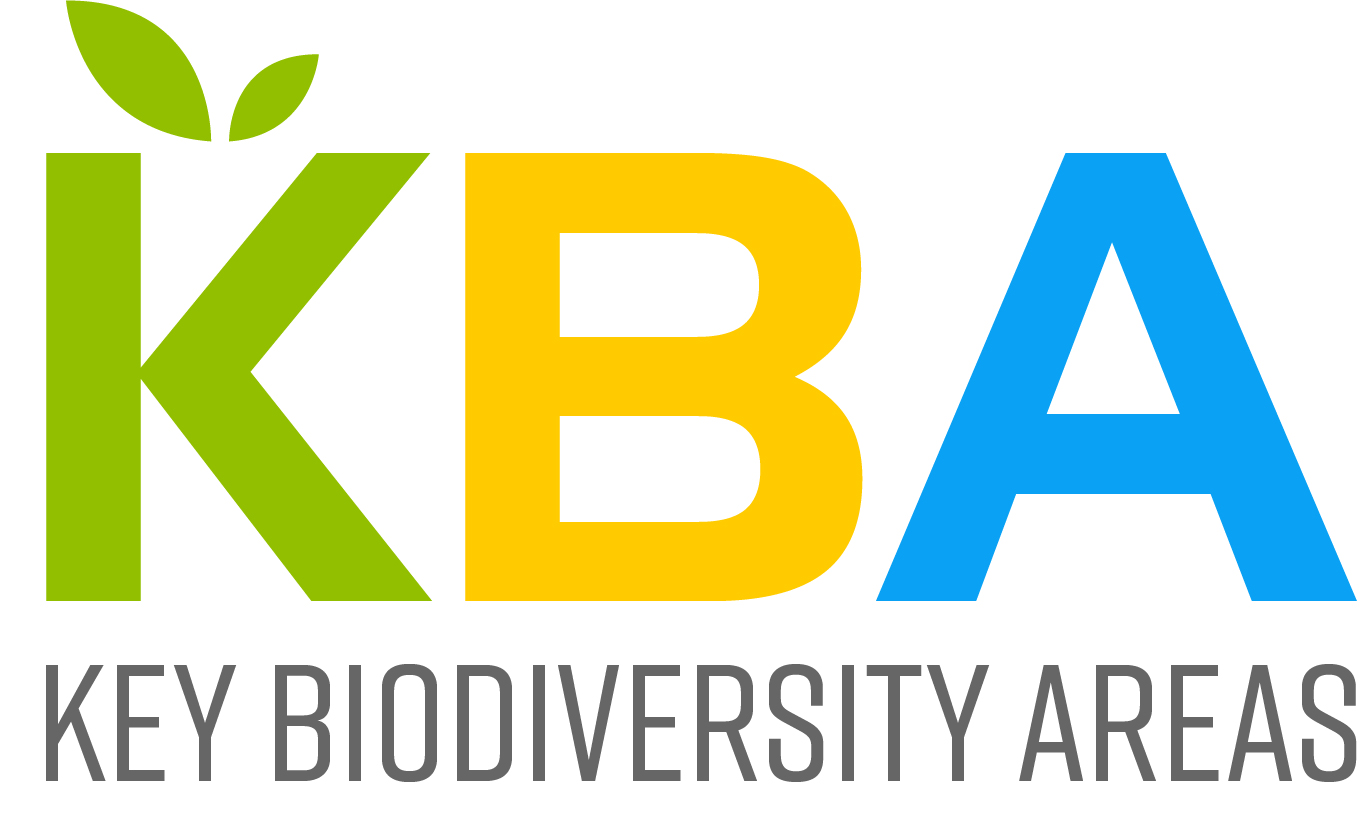

The Mozambican State is committed to preserving its biodiversity through adherence to various international agreements and conventions. In 2016, a participative process that lasted several years and included academia and some of the world’s leading nature conservation organizations, including the Wildlife Conservation Society (WCS), led to the establishment of the KBA Partnership, to promote the identification, documentation and protection of Key Biodiversity Areas (KBAs) which are sites contributing significantly to the global persistence of biodiversity, both in terrestrial, freshwater, marine and underground systems. That same year, the International Union for Conservation of Nature (IUCN) published its Global Standard for KBAs.
The Key Biodiversity Areas and Red Lists Program in Mozambique started in February 2019, when WCS- Mozambique (as one of the government’s main conservation partners, and with support from SPEED+, a USAID project) established a partnership with the Ministry of Land and Environment (MTA), through the National Directorate of Environment (DINAB) to develop an innovative project to assess IUCN Red List data on threatened species and for the first time map Key Biodiversity Areas in Mozambique according to the new global standard. The first phase of the project, concluded in 2020, was one of the first initiatives worldwide to conduct a comprehensive national KBA assessment, applying the 2016 Global Standard to a whole range of biological groups and elements (insects, freshwater fish, amphibians, reptiles, birds, mammals, plants, ecosystems and marine biodiversity). The project also conducted Red List assessments for 67 species found only, or nearly only, in Mozambique; established the National Coordination Group (NCG) on KBAs and Red Lists; and trained more than 130 technicians to identify KBAs and assess Red Lists (Check-out the KBA Project Story Map here and the KBA Atlas here).
In 2021, through the same partnership, a complementary project was conducted in order to finalize a historical ecosystem map of the country and conduct Red List assessments, which resulted in the most comprehensive ecosystem map developed to date for Mozambique (scale 1:250 000). The map is currently being improved and should be officially launched till the end of 2022. Additionally, to ensure that all resulting information would be widely shared and made available to all relevant stakeholders, this complementary work also included the development of the terms of reference for the new official biodiversity web portal for Mozambique (SIBMOZ).
Now the program is in its third phase, 2022-2024, whose main activities includes: i) collecting data onsite that can lead to the identification and mapping of potential coastal and marine KBAs, with focus on the Nampula province, developing and submitting proposals for new KBAs to the KBA Secretariat; ii) completing additional Red Listing assessments for Fauna and Flora, including marine species; iii) increasing national capacity on KBA and Red List assessments and on its use for decision making; iv) supporting the development of conservation plans and financial solutions that can guarantee the long-term sustainability of these KBAs and v) compiling information on the conservation status of coral reef ecosystems throughout Mozambique.
Complementarily, a new project called “Spatial biodiversity assessment, prioritisation and planning (SBAPP)” has started in June 2022. This will include ,apping the occurrence and status of species and ecosystems in South Africa, Namibia, Mozambique and Malawi and will produce information that assists in the development of national strategies and action plans to ensure biodiversity is integrated into the planning and decision-making processes.
The project will run for five years and will terminate in June 2027. Project objectives include in-country assessments of a wide range of different species and ecosystem types that are facing pressure from infrastructure and agricultural development, the over-utilisation of natural resources, pollution, biological invasions and climate change.
SANBI, a pioneer in this work, is the project’s lead implementing agency, with country coordination by the Namibian Ministry of Environment, Forestry and Tourism; the Wildlife Conservation Society country office in Mozambique in coordination with the Mozambique National Directorate of Environment; and the Malawi University of Science and Technology in collaboration with the Malawian Environmental Affairs Department.
Learn more: https://sibmoz.gov.mz/key-biodiversity-areas/